Chess Tactic where Tal went wrong…
Getting in touch with the sacrificial chess of Mikhail Tal is an utter joy. Innumerable books and articles have been written on his superb combinations, though his blunders are relatively less well covered.
Having access to Stockfish (chess software) definitely helps to see where the Riga magician failed to find the optimal solution. Below some such positions.
Of course, most of those are pretty complicated, not an easy nut to crack for any human. It has to be noted that, even when blundering, he did that in a beautiful way. I compiled those cases more as a curiosity and illustration where humans usually go wrong, in the attempt to try avoiding similar mistakes.
So, all we can say is, thank you, Tal, for the unique attacking chess.
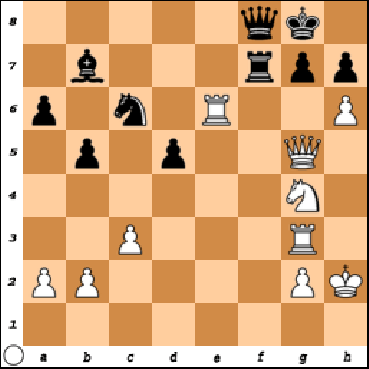
Tal found here the mate in 9 after 34. Re8! Qxe8 35. Nf6+ Kf8 36. hxg7+. 34. hxg7! Rxg7 35. Nh6+ Kh8 36. Qxg7+! Qxg7 37. Re8+ is mate in 5. Maybe Tal picked the more attractive solution? – Tal-Veder, Riga 1951
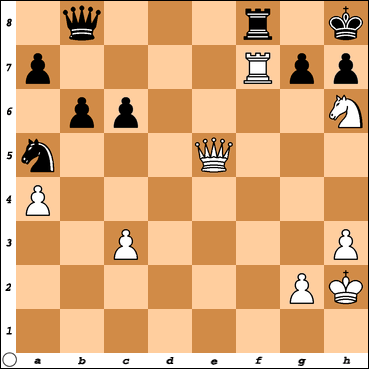
Qxg7 mate is impossible, because the queen is pinned. Here Tal played 40. Rc7!, which is winning after 40…Rf6 41. Qe7 Qf8 42. Qd7 Rxh6 43. Rc8 Rf6 44. Rxf8 Rxf8 45. Qxa7
Tal missed a great finish, though, available after the quiet 40. g3!! Rg8(Qxe5 Rf8#) 41. Rxg7! Rxg7(Qxe5 Rxg8#) 42. Qxb8+ Rg8 43. Qxg8# Tal is not Stockfish after all. –
Tal-Zwaigzne, Soviet Union 1952
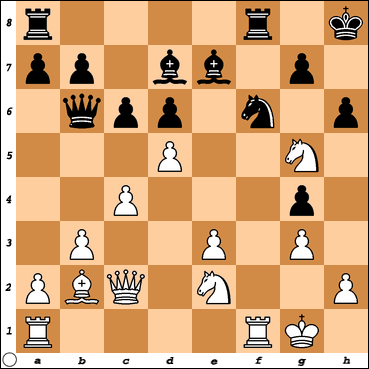
According to the records of the game, white played here 18. Rxf6?, which after 18…Qe3+!(an important intermediate move) 19. Kg2 Qxg5 20. Rg6 Qf5 21. Qxf5 Bxf5 22. Rxg7 Bf6 23. Bxf6 Rxf6 24. Rxb7 leads just to a minimal edge, closer to a draw.
Using the very same motif, the right move has been 18. Bd4!(defending the e3-pawn and preparing Rxf6) hxg5 19. Bxb6 and white wins. If 18…c5?, then 19. Rxf6!! already crashes through:
a) 19…Bxf6 20. Qh7#
b) 19…hxg5 20. Rh6+ Kg8 21. Qh7+ Kf7 22. Qg6+!(not allowing the king to escape via e8) Kg8 23. Qxg7#
Tal-Semenkin, Riga 1954
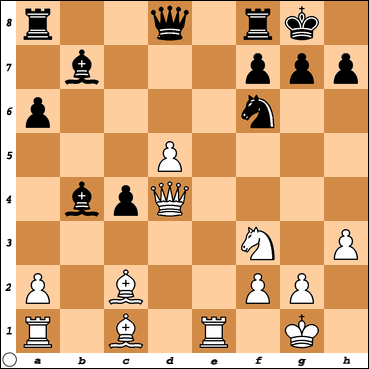
The position is fully equal and Tal should have accepted the draw with 18. Rd1 Qxd5 19. Rb1, leading to big simplifications. Instead he played 18. Rb1?, which Stockfish shows as giving definite advantage for black after 18…Bxe1 19. Rxb7 Ba5 20. d6 Rb8, with which I fully agree. – Tal-Geller, Riga 1958
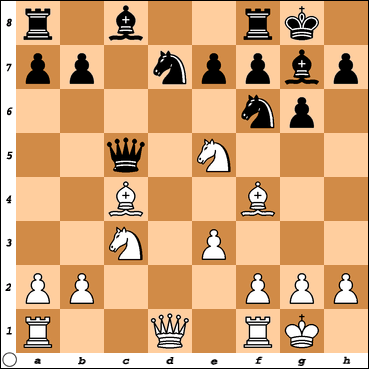
Here Tal played 12. Bxf7+?!, which Stockfish sees as favouring black after 12…Rxf7 13. Nxf7 Kxf7 14. Qb3+ Kf8, and then offering exchange of queens on b6. 12. Qd4 is fully equal. – Tal-Johannessen, Riga 1959
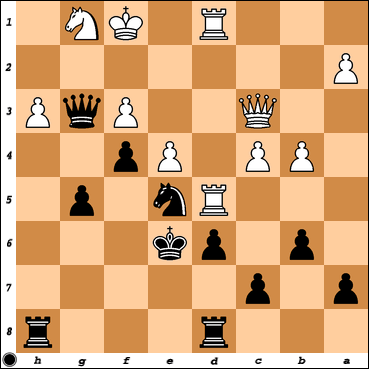
31…c6! 32. Rd2 Rxh3! wins here.
Tal missed that one and instead played 31…g4?, which would allow white to deliver a perpetual, 32. Rxe5+! dxe5 33. Rd5!! gxh3 34. Qxe5+, as Stockfish shows. 33…Rxd5 34. cxd5+ Kd7 35. Qc6+ Kc8 36. Qa8+ Kd7 37. Qd5+ is also a perpetual. Very surprising, even for Tal. – Leonov-Tal, Soviet Union 1950
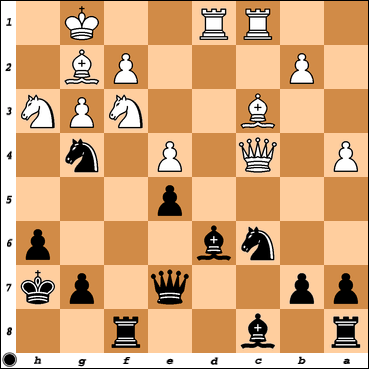
Here Tal played 20…Ne3?!, which proves to be a mistake, as white could have gotten the upper hand after 21. fxe3 Bxh3 22. Bxh3 Rxf3 23. Bf5+!(important intermediate move) g6 24. Kg2 Rxe3 25. Rxd6!, deflecting the queen from guarding the f7-square, as Stockfish shows.
Tal’s opponent played 21. Nhg5+?
Instead of the move in the game, black is better after 20…Bc5 or 20…a5, for example. – Ragozin-Tal, Riga 1951
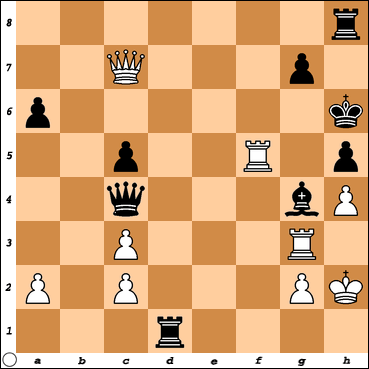
Here Tal played 39. Rxh5+?(39…Bxh5 40. Qxg7#), which loses after 39…Kxh5 40. Qxg7 Qg8! 41. Qe5+ Kxh4, according to Stockfish. White had a win with 39. Qe7!! instead, for example 39…g6 40. Rf7!(threatening deadly checks on e3 and g5) Qxf7 41. Qxf7. – Tal-Klasup, Riga 1952
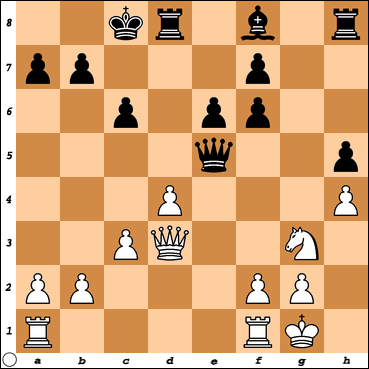
16. dxe5! Rxd3 17. exf6 Bd6 18. Ne4 ensures white nice edge. Tal played 16. Qf3?!, unpinning the d4-pawn and winning f6, but Stockfish sees it as only equal after 16…Qc7 17. Qxf6 Rh6 18. Qf3 f5!
Although without a pawn, black develops quite some initiative on the king side, placing the rooks on the g and h-files. Capturing the h5-pawn is dangerous. f5-f4 also threatens in a range of lines. – Tal-Goldin, Soviet Union 1955
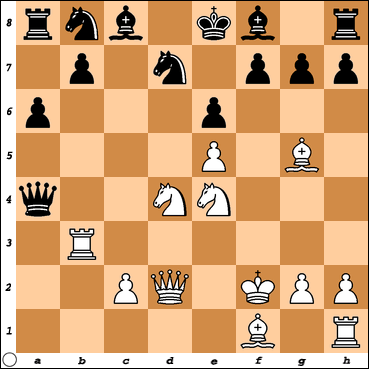
15. Nxe6! fxe6 16. Nd6+ Bxd6 17. Qxd6 wins for white. Tal, however, played 15. Bb5?, which after 15…axb5 16. Nxb5 f6 might even lose for white. – Tal-Tolush, Leningrad 1956
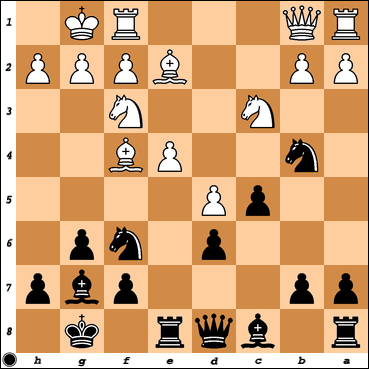
Tal played here the dubious 12…Nxe4?, which after 13. Nxe4 Bf5 14. Nfd2 Nxd5 15. Bg5! leaves black on the verge of a loss(15…Qxg5 16. Nxg5 Bxb1 17. Bc4! and black can not retreat the knight, as Bxf7+ fork decides). Of course, Tal is not Stockfish. – Awerbakh-Tal, Riga 1958
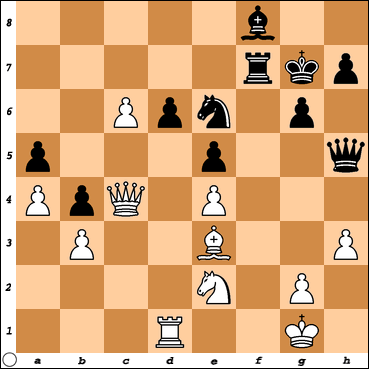
Here Tal blundered with 32. Qxe6?, which leads only to a perpetual after 32…Qxe2 33. Bh6+ Kh8 34. Qxf7 Qxd1+ 35. Kf2 Bxh6 36. c7 Qd2+ 37. Kf1 Qd1+. Winning is 32. Rf1!, very subtle move, 32…Rxf1+ 33. Kxf1 Nc7 34. Bb6 – Tal-Dauga, Riga 1959
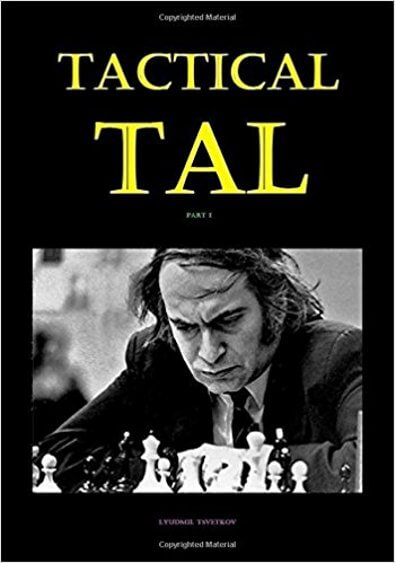
Tactical Tal“#ad”
Author

Lyudmil Tsvetkov“#ad”
Back from – Chess Tactic Mikhail Tal – to – Learning Chess for Advanced Chess Players
 Sick of Losing at Chess? Get Chess Courses from a Grandmaster directly! HUGE Discount! Click here!
Sick of Losing at Chess? Get Chess Courses from a Grandmaster directly! HUGE Discount! Click here!Get Chess Course -Beginners Package- from a Grandmaster! Huge Discount!